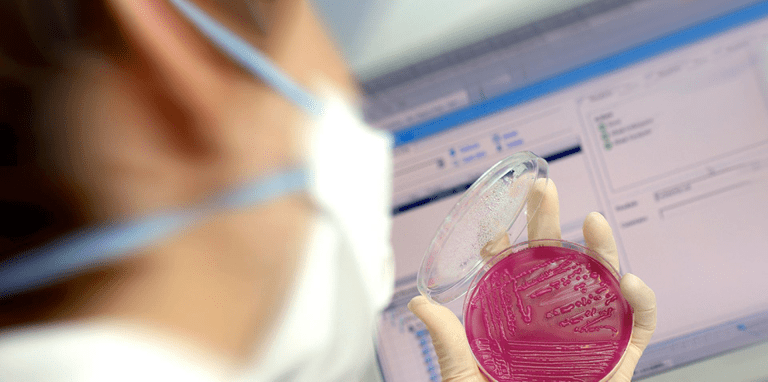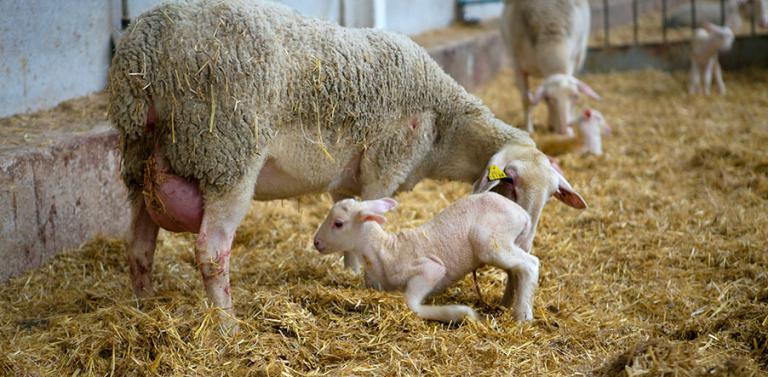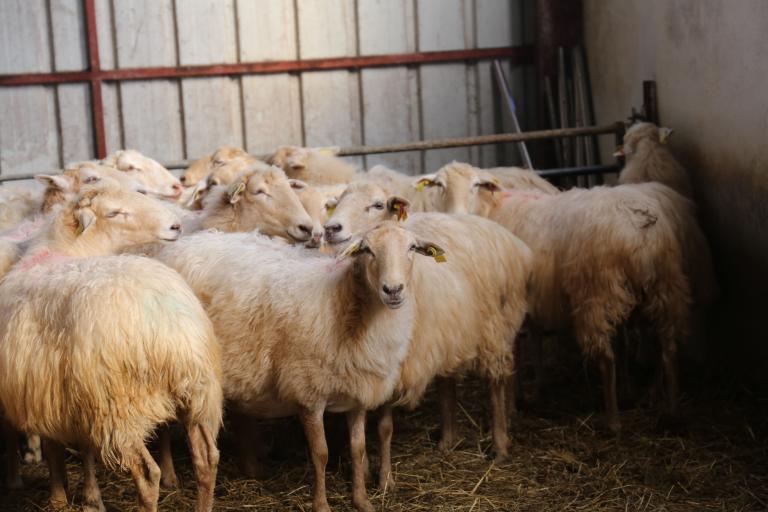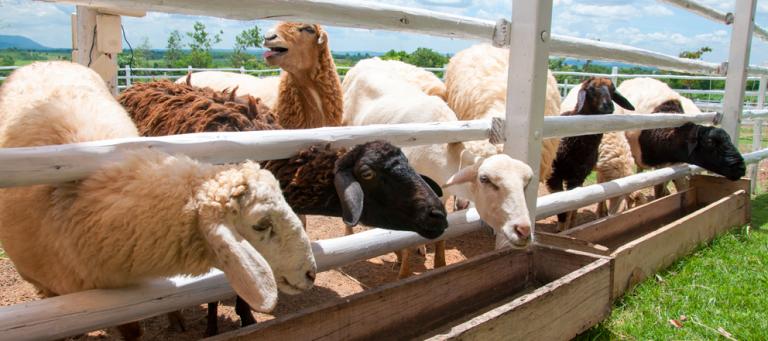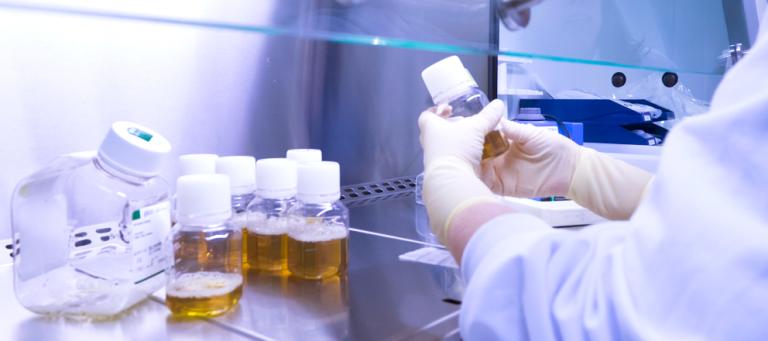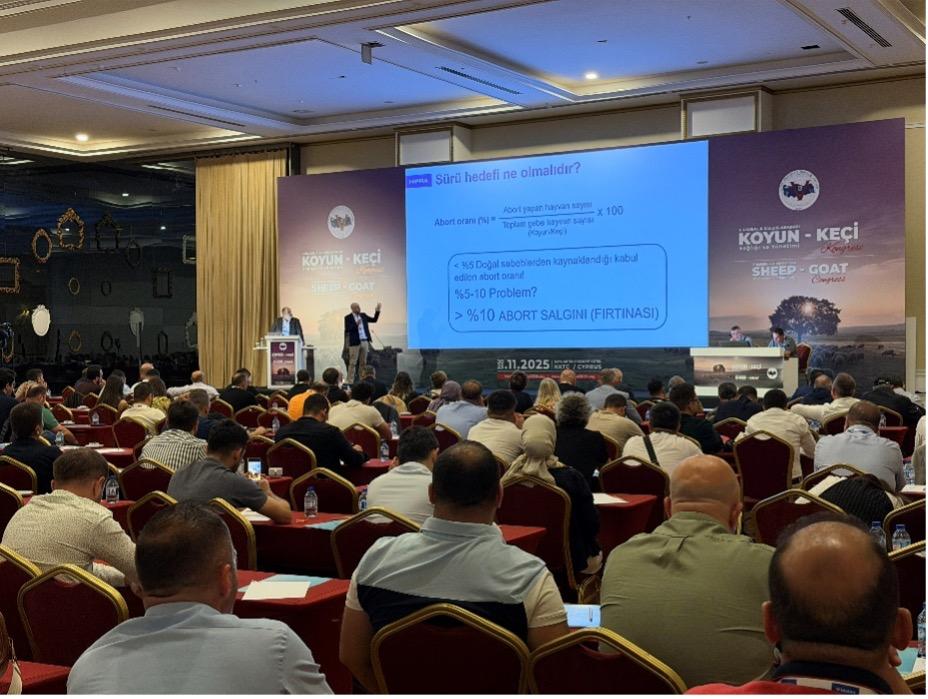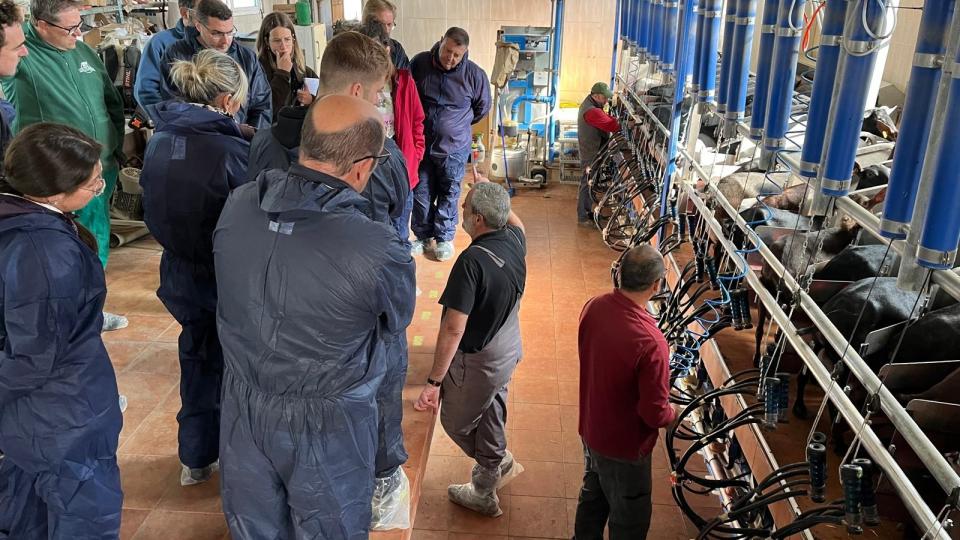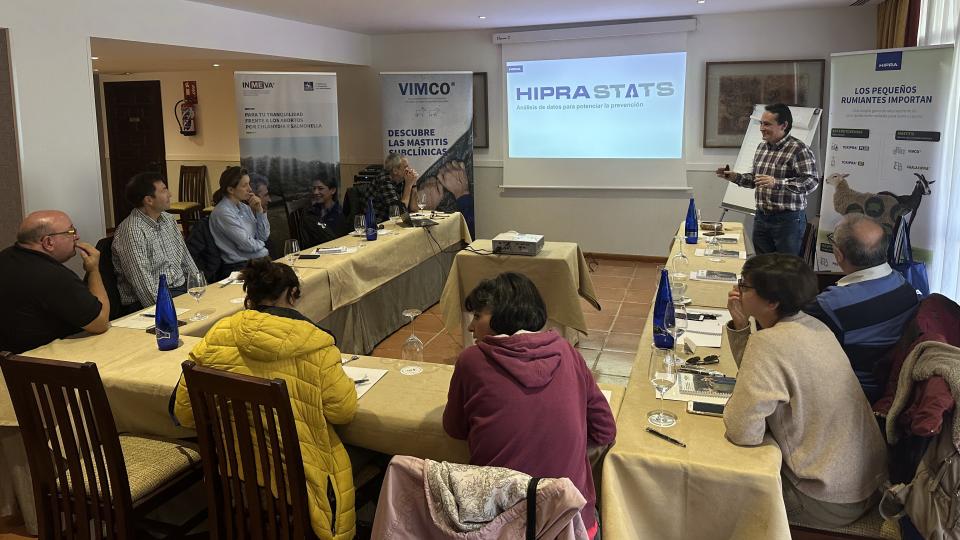AETIOLOGY:
Chlamydia abortus, a Gram-negative bacterium with intracytoplasmic growth in a single development cycle. The infectious and resistant form of the bacteria (elementary body), alternates with the metabolically active and non-infectious form (the reticulate body). The elementary body binds to the membrane of the host cell and induces its own endocytosis, and then transforms into the reticulate body, which replicates and eventually lyses the cell.
TRANSMISSION:
Large amounts of Chlamydia are discharged through vaginal fluids starting from two weeks before the abortion until two weeks following it. Even without abortion, the infected sheep eliminates large amounts of bacteria through the placenta and vaginal fluids during labour. Urine, milk and faeces can also contain small amounts of the bacteria following abortion. Venereal transmission.
CLINICAL SIGNS:
Abortion during the last trimester of gestation, with no previous signs. Stillbirths and birth of weak offspring. It may be associated with some cases of arthritis, cough and keratoconjunctivitis. Retained placenta and metritis is uncommon. Abortion rates of up to 50% and reduced milk production. The high incidence of abortions lasts 2-3 years, after which it becomes cyclical, so that for several years the rate of abortion is 10%, until a new large wave of abortions is observed once again.
LESIONS:
Diffuse oedema is observed in abortions, with serous or bloody fluid present in the abdominal and pleural cavities, usually without gross lesions, and petechiae on the tongue, hooves and in the mouth.
DIAGNOSIS:
Detection of the bacteria in the placenta, together with serological evidence of at least 10 serum samples. Staining (Giménez or Maquiavelo method) to differentiate it from Coxiella and Brucella. Immunofluorescence. ELISA. PCR to detect the omp1 gene. Complement fixation test.
PREVENTION AND CONTROL:
Systematic vaccination with inactivated vaccines of the entire flock is required, including males. This allows vaccination even during pregnancy.











